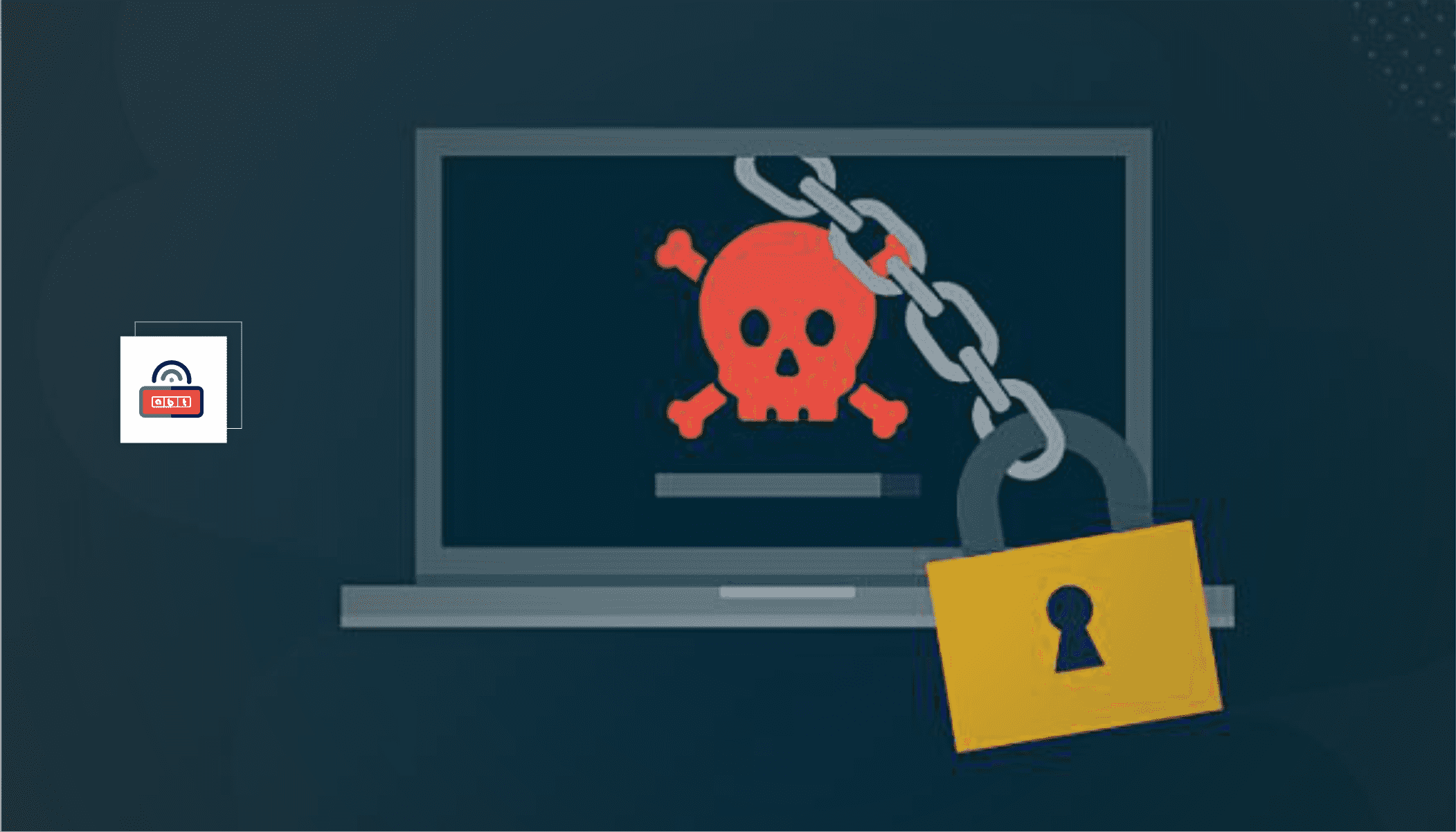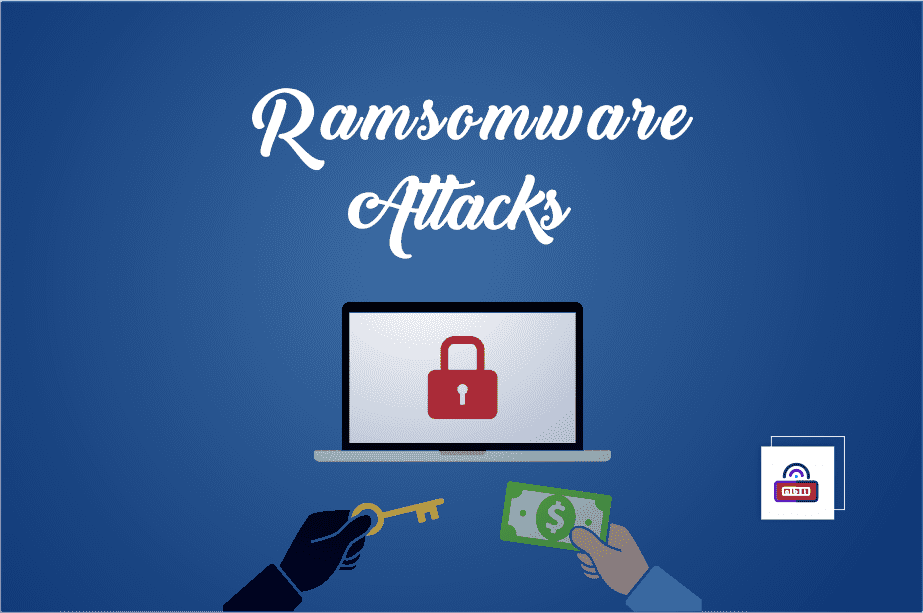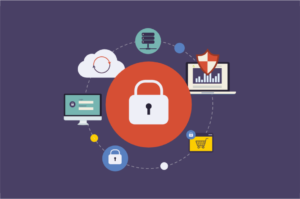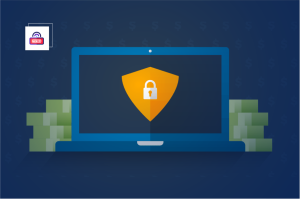Ransomware is a type of virus that encrypts data in exchange for a ransom payment. It has the ability to cause significant harm as a means of assault. Phishing emails are a typical way for ransomware to spread, but it may also be propagated through drive-by downloading, which occurs when a user visits an infected website.
Advanced assaults penetrate endpoints in seconds, and ransomware attacks harm your systems and infrastructure in seconds. That’s why it’s crucial to make sure your company is ready. As ransomware assaults get more sophisticated, the consequences go beyond financial losses and lost productivity caused by downed systems.
Attempts at attacks and data breaches are unavoidable, and no company wants to be forced to choose between paying a ransom and losing critical information. Thankfully, those aren’t your only choices. The wisest course of action is to avoid being compelled to make that choice in the first place.
This strategy necessitates a tiered security model that combines proactive global threat intelligence-driven network, endpoint, application, and data-center controls. With that in mind, examine the following nine factors to provide your company the best chance of avoiding ransomware attacks.
The Best Ways To Avoid Ransomware
Given the potential for these attacks to have a global impact, security professionals must rethink how they defend their systems, networks, and software.
Sandboxing and Email Gateway Security
One of the most common attack routes for threat actors is email. Advanced multilayered security against the complete spectrum of email-borne threats is provided by a secure email gateway solution.

Sandboxing adds an extra degree of security. Before it reaches your network or mail server, any email that passes the email filter but still contains unknown links, senders, or file kinds can be examined.
Security and Firewall Technologies For Web Applications
By screening and monitoring HTTP traffic to and from a web service, a web application firewall (WAF) aids in the protection of online applications. It serves as the initial line of defense against cyberattacks, making it a critical security component. Organizations frequently expand the attack surface when they implement new digital projects.
Online server vulnerabilities, server plugins, and other flaws might expose new web applications and application programming interfaces (APIs) to harmful traffic. A WAF aids in the security of these applications and the content they access.
Sharing of Threat Intelligence
To help prevent unknown dangers like FortiGuard Labs, organizations need real-time actionable intelligence. To create a proactive defense, information must be communicated between the many security layers and products in your environment.
Additionally, this information sharing should extend to the broader cybersecurity community outside of your organization, such as CERTs, ISACs, and industry alliances like the Cyber Threat Alliance.
The only approach to respond rapidly to attacks and break the cyber death chain before it mutates or spreads to other systems or organizations is to share information quickly.

Endpoint Device Security
Traditional antivirus technologies aren’t always effective, and they can’t always keep up with evolving threats. Using an endpoint discovery and response (EDR) solution and other technologies, businesses must ensure that endpoint devices are properly protected.
Advanced assaults can compromise endpoints in minutes or seconds in today’s threat environment. Because manual triage and replies are required, first-generation EDR technologies simply cannot keep up. They’re not only too slow for today’s lightning-fast attacks, but they also create a huge number of warnings, which adds to the workload of already overburdened cybersecurity teams.
Furthermore, older EDR security technologies can increase the expense of security operations and slow network capabilities, both of which can be detrimental to the organization.
Next-generation EDR solutions, on the other hand, provide enhanced, real-time threat information, visibility, analysis, management, and protection for endpoints – both before and after they have been infected with ransomware.
These EDR solutions can detect and neutralize possible threats in real time, reducing the attack surface and helping to prevent malware infection, as well as automate response and remediation operations using customisable playbooks.
Backups of Data And Incident Response
All of your systems and data should be backed up and stored off the network for your firm. These backups should also be examined to guarantee that they can be restored correctly.

Every company should have an incident response strategy in place to ensure that if a ransomware assault is successful, your company will be ready. People should be allocated specified responsibilities ahead of time.
Seek example, who will you turn to for forensic analysis assistance? Do you have professionals on hand to assist you in restoring systems? You should also be doing exercises on a regular basis, focusing on how to recover from a ransomware attack.
Implementation of Zero Trust
Anyone or everything attempting to connect to the network is assumed to be a possible threat in the zero trust security concept. No one inside or outside the network should be trusted unless their identification has been thoroughly checked, according to this network security theory.
Threats from both the outside and inside the network are omnipresent, according to zero trust. These beliefs shape network managers’ thinking, forcing them to devise stringent, untrustworthy security mechanisms.
Network Segmentation And Firewalls
As cloud usage grows, network segmentation becomes more significant, especially in multi-cloud and hybrid cloud systems. Organizations use network segmentation to divide their networks based on business needs and allow access based on role and current trust status.
Every network request is scrutinized in light of the requestor current level of trust. If threats do get inside the network, this is tremendously effective in preventing lateral movement of threats within the network.
User Education and Basic Internet Hygiene
Any cybersecurity strategy must put people at the center. Human involvement is involved in 85 percent of data breaches, according to the Verizon Data Breach Investigations Report for 2021. You can have all the security measures in the world, but you’ll never be fully secure if you don’t train your personnel in cyber awareness.

Ensure that all of your staff are well-versed in recognizing and reporting unusual cyber behavior, as well as maintaining cyber hygiene and securing their personal devices and home networks.
Employees should receive training when they are employed and at regular intervals throughout their employment so that the material remains current and relevant. Any new security protocols that may need to be adopted should also be included in the training.
CISOs can construct a baseline of protection at the most vulnerable edge of their network and keep important digital resources secure by educating personnel, particularly remote workers, on how to maintain cyber distance, be aware of strange requests, and adopt fundamental security tools and protocols.
Basic cyber hygiene must also be practiced by organizations to ensure that all systems are properly updated and patched.
Technology of deception
Deception technologies should also be considered by businesses. Although deception solutions aren’t a key cybersecurity tactic, they can help defend systems if bad actors find a way in despite all of your other security measures.
Deception technology uses decoys to imitate real servers, applications, and data, fooling bad actors into thinking they’ve infiltrated and gotten access to the company’s most valuable assets when they haven’t.
This method can be utilized to reduce damage and safeguard an organization’s real assets. Furthermore, deception technology can reduce the time it takes to detect and respond to attacks.
Conclusion
Ransomware attacks can be found almost anywhere. Criminals are looking for an easy way into the network, regardless of the size or industry of the company. The global move to remote employment has increased the possibility of bad actors using it, and they are seizing the opportunity.
Source: FORTINET BLG





I simply couldn’t leave your site prior to suggesting that I extremely enjoyed the standard info an individual provide for your guests? Is going to be back ceaselessly to check up on new posts
I would like to thnkx for the efforts you have put in writing this blog. I am hoping the same high-grade blog post from you in the upcoming as well. In fact your creative writing abilities has inspired me to get my own blog now. Really the blogging is spreading its wings quickly. Your write up is a good example of it.